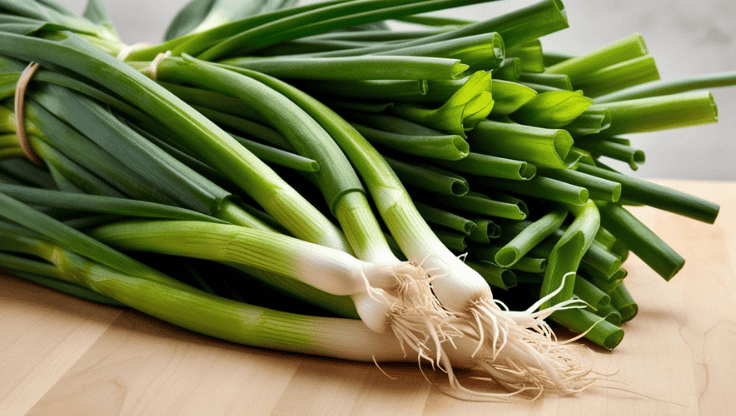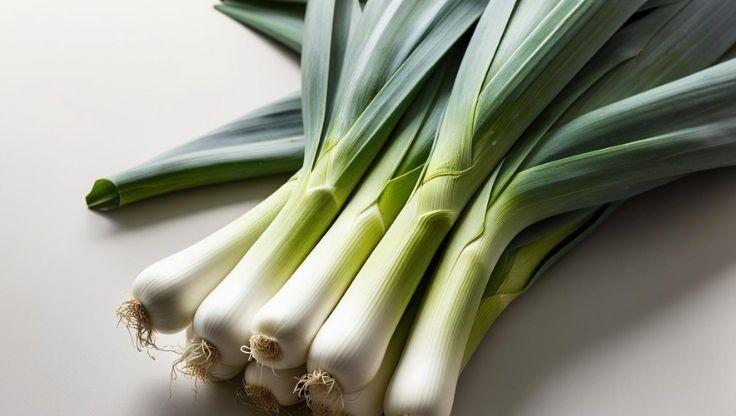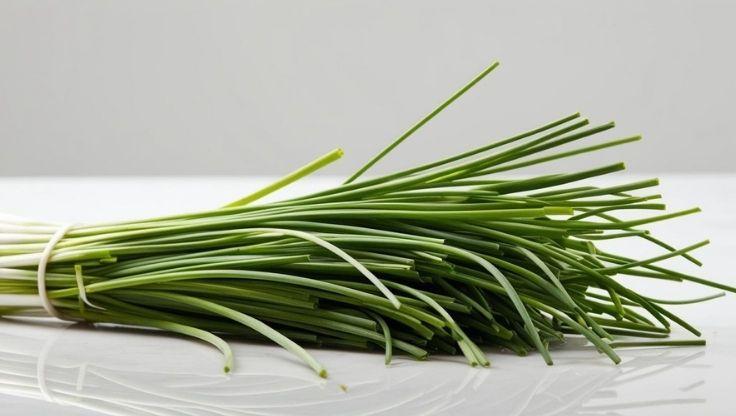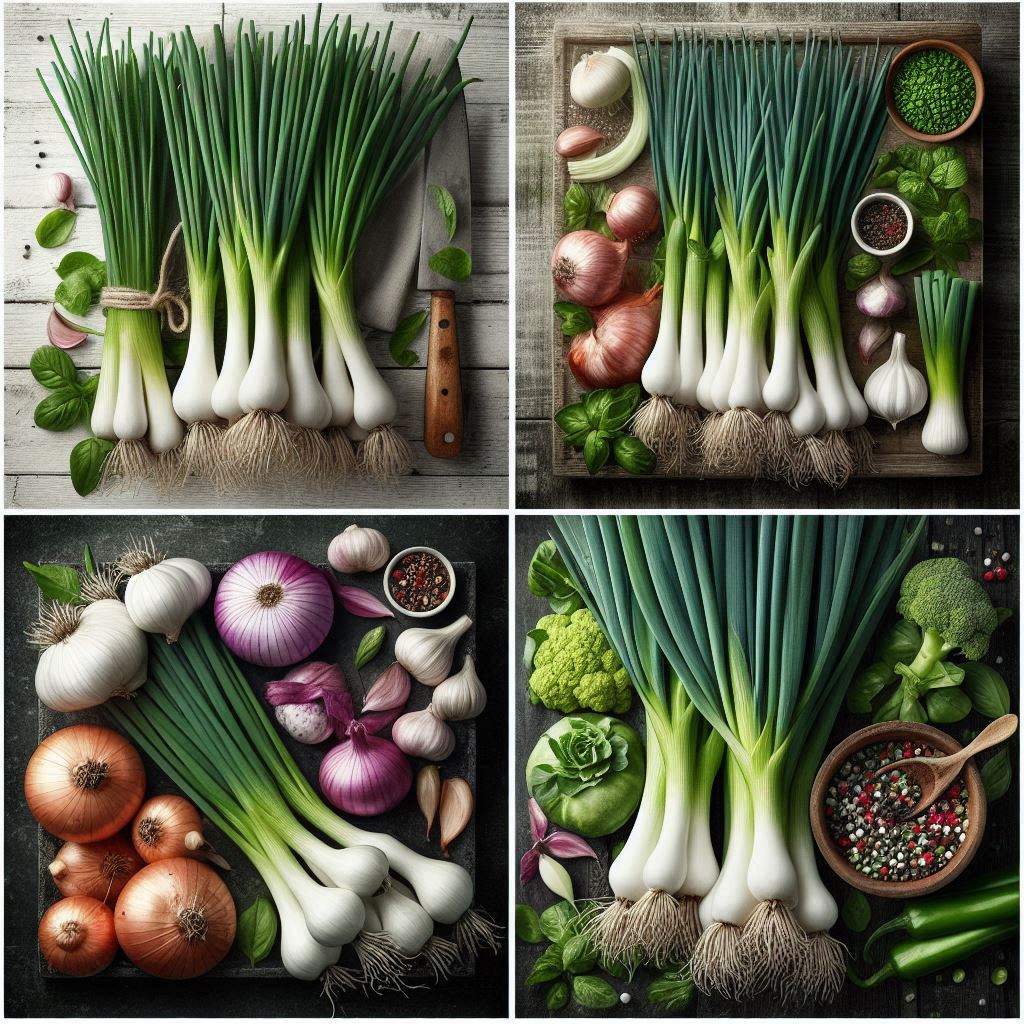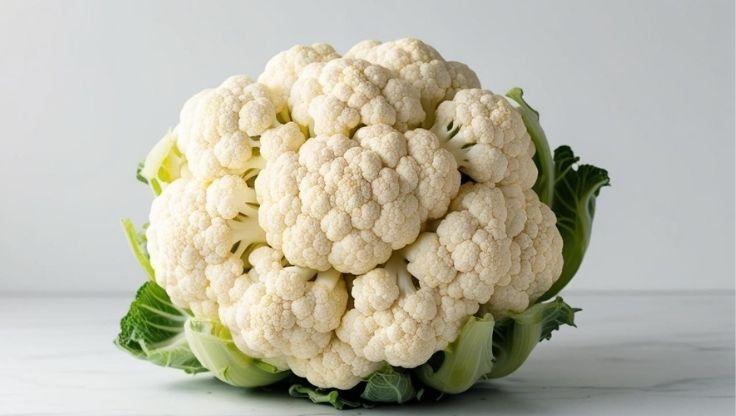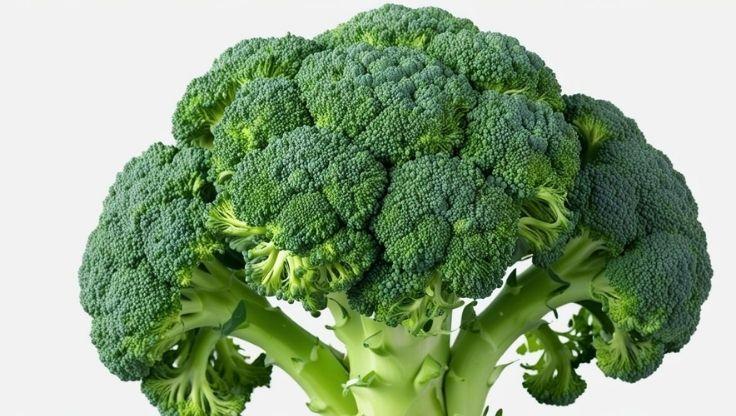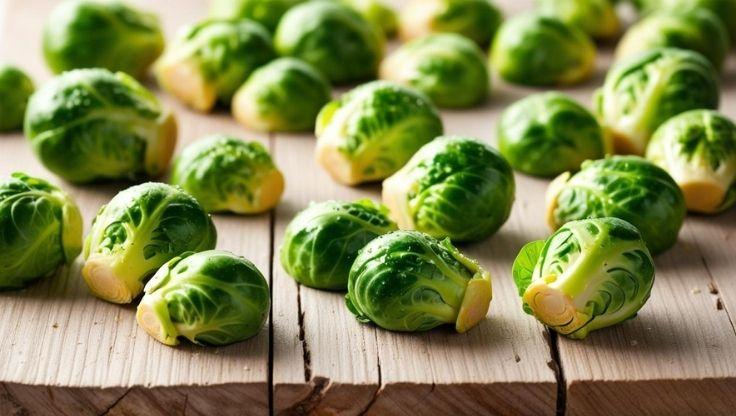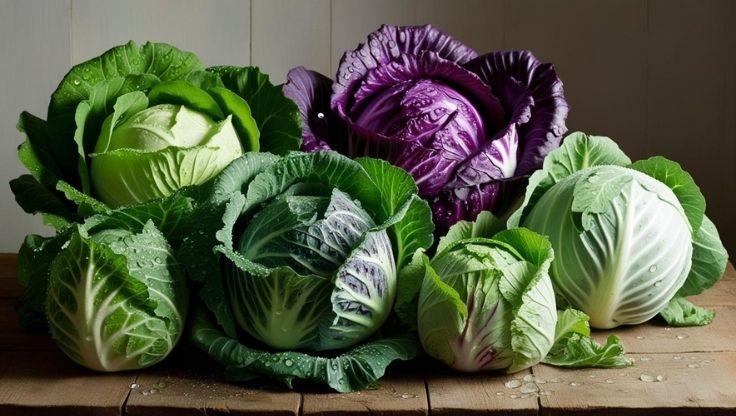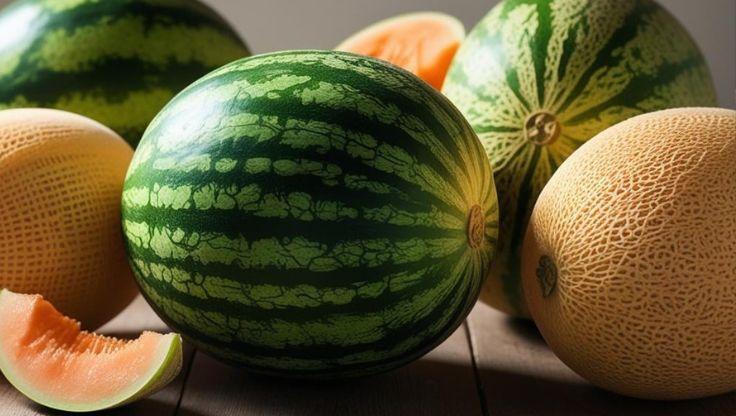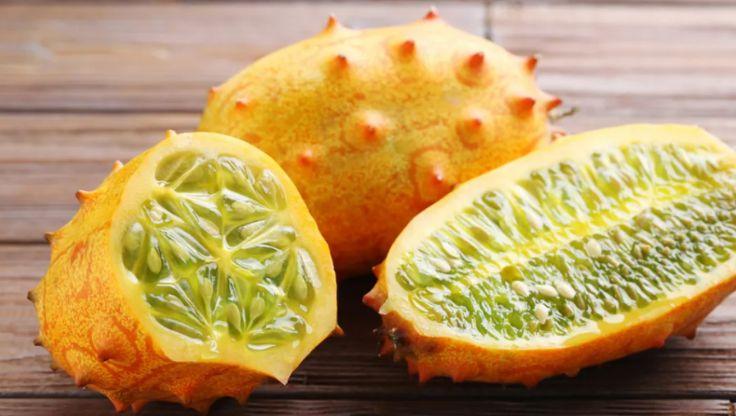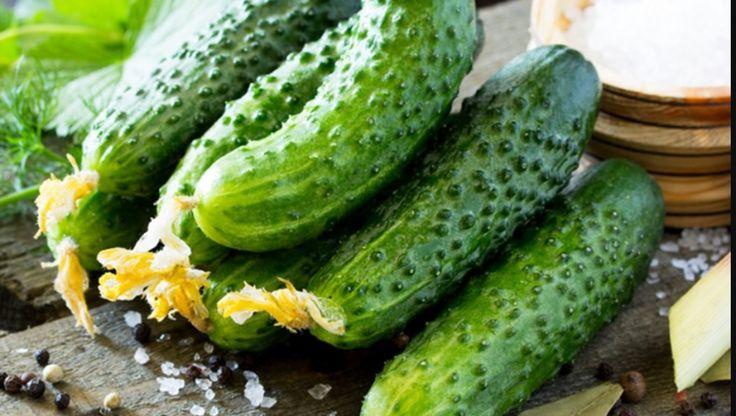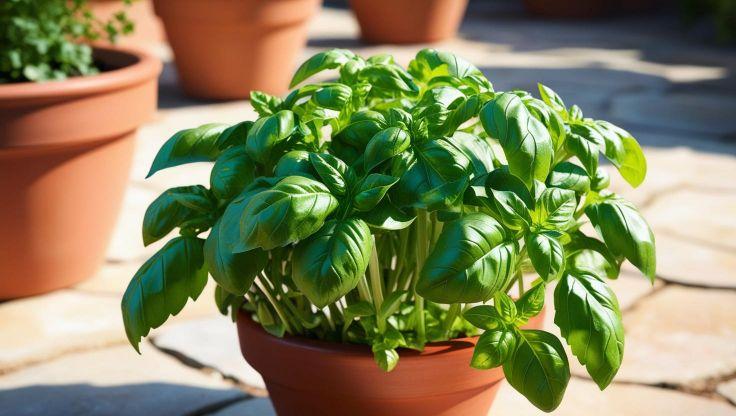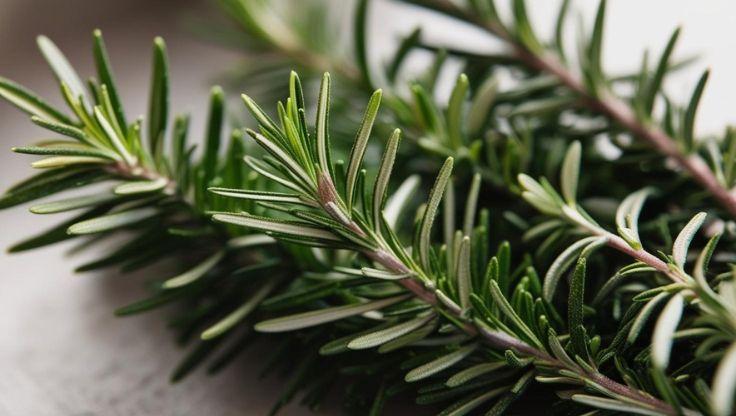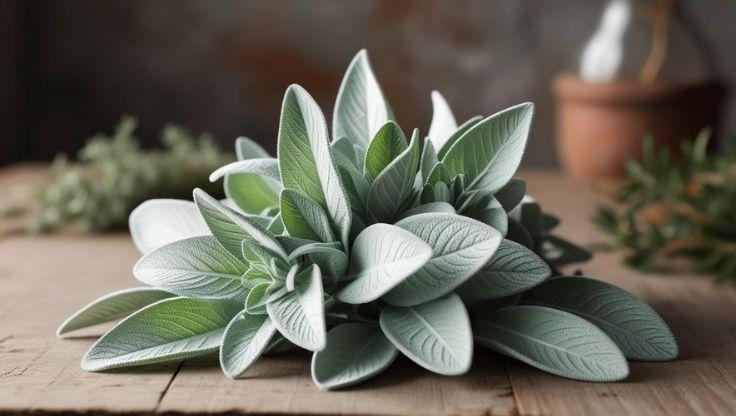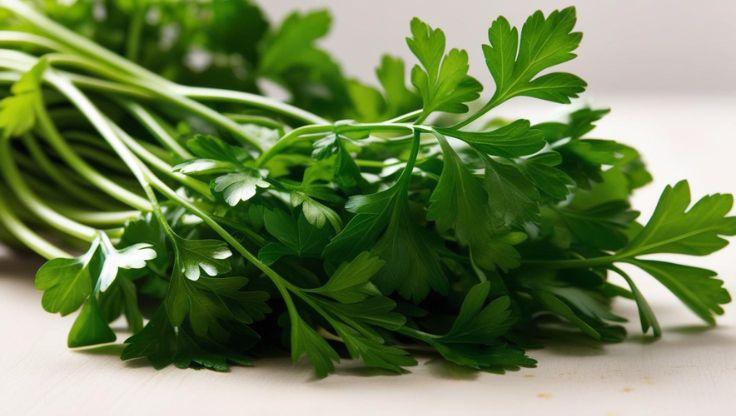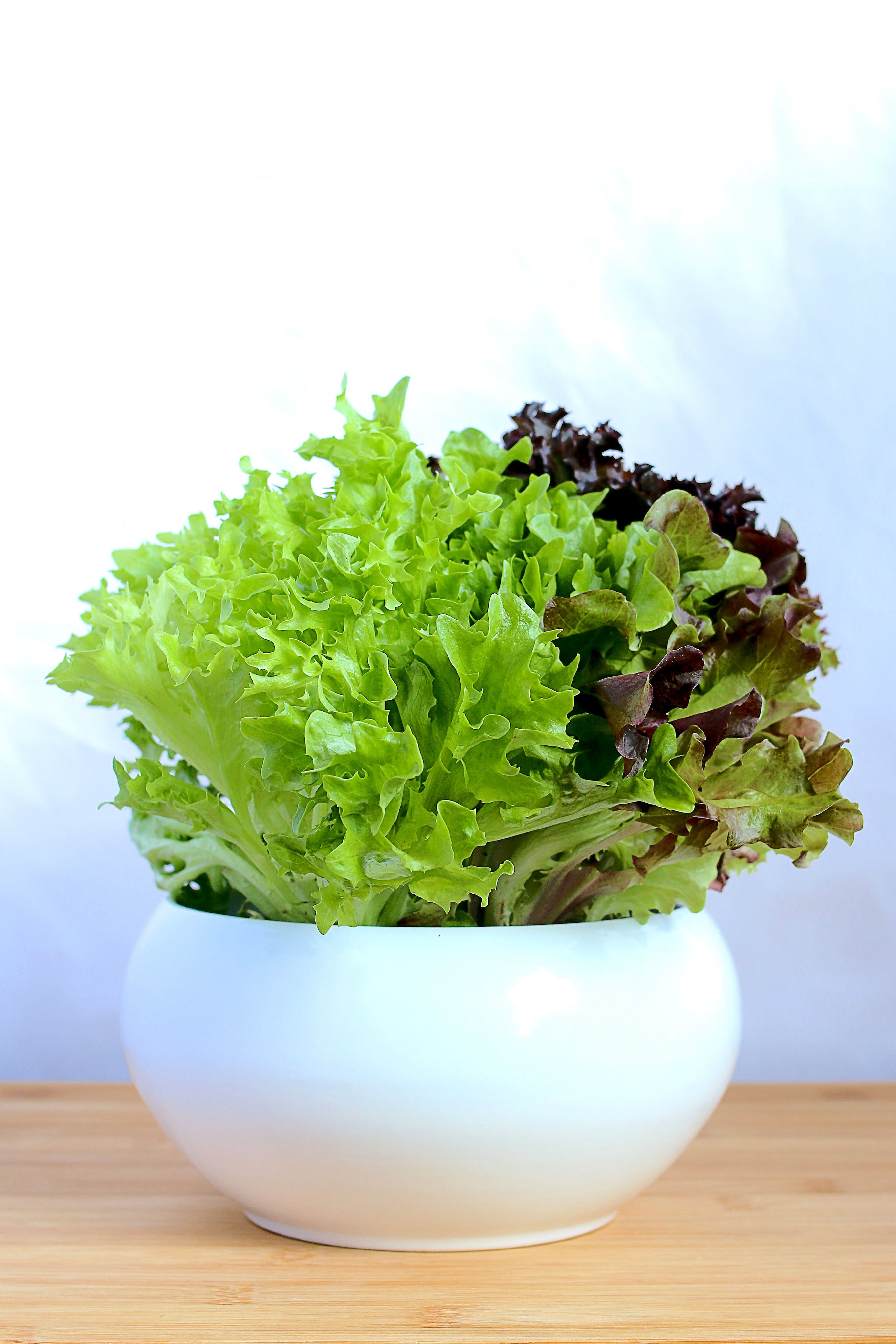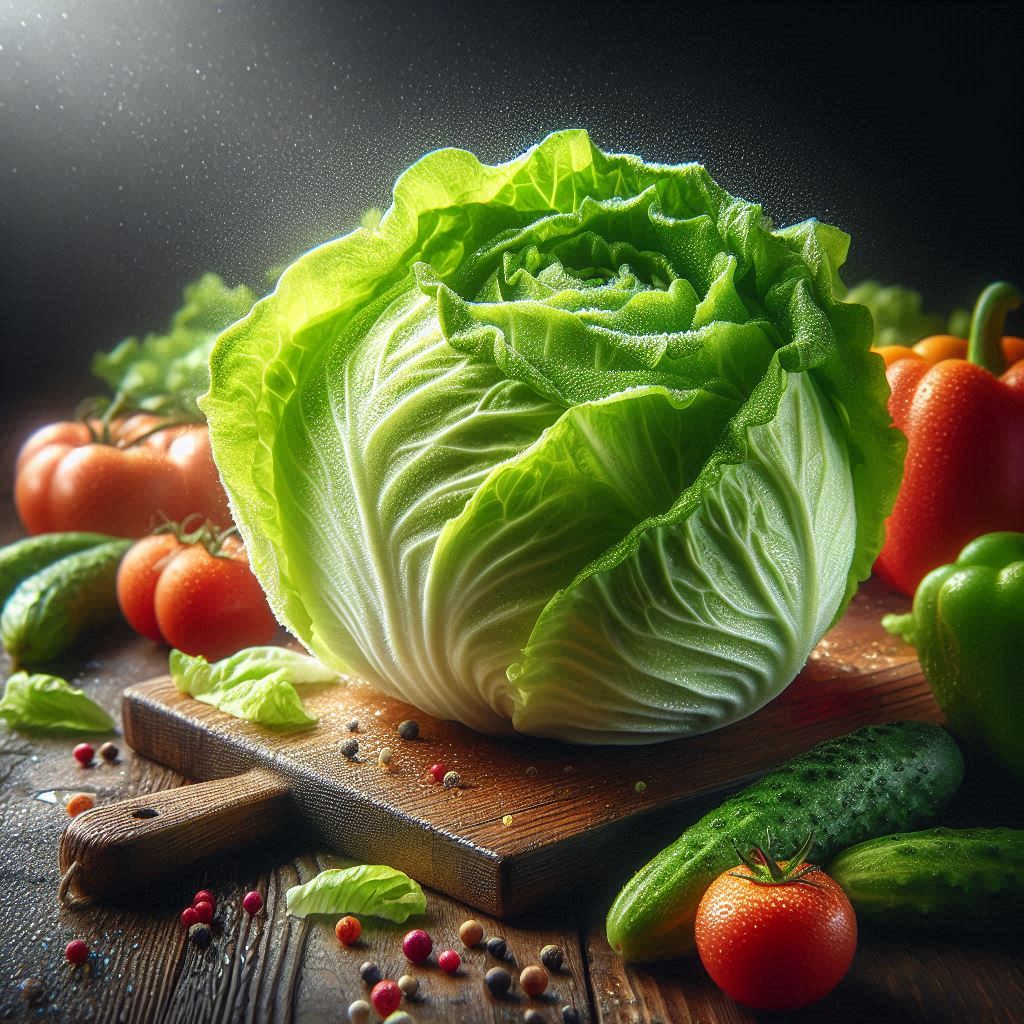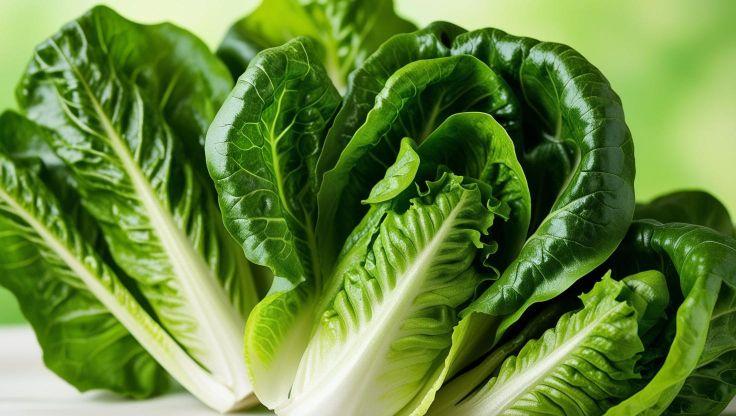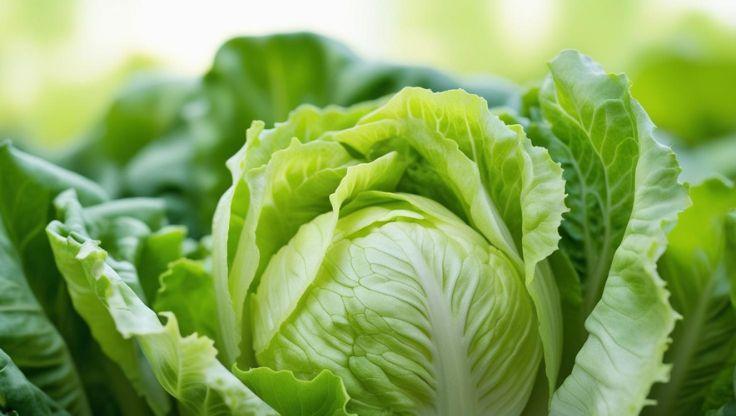Hydroponic Plants: A Complete Guide to Growing Tomatoes
Hydroponic plants, such as the universally loved tomato (Solanum lycopersicum), belonging to the nightshade family, are one of the most commonly grown hydroponic plants due to their adaptability and high yield potential in soilless systems. Unlike traditional soil cultivation, growing tomatoes in hydroponic systems allows for precise nutrient control, improved disease resistance, and year-round production of these popular hydroponic plants. A hydroponic garden (often called a "hydro garden") reduces water consumption and maximizes space, making hydroponics an ideal method for cultivating tomatoes efficiently as highly productive hydroponic plants.
Quick Start Checklist for Hydroponic Tomatoes:
-
Select tomato varieties (cherry, roma, beefsteak; determinate or indeterminate) suited for hydroponic cultivation and your chosen system for these specific hydroponic plants.
-
Germinate seeds in a warm (21-27°C / 70-80°F), humid environment using starter plugs for your future hydroponic plants.
-
Prepare your hydroponic system and nutrient reservoir; sterilize if previously used to protect your hydroponic plants.
-
Calibrate pH and EC meters. Mix nutrient solution tailored for young tomato hydroponic plants, starting with lower EC for these delicate hydroponic plants.
-
Transplant seedlings once they have several true leaves and a strong root system into your hydroponic setup designed for hydroponic plants.
-
Establish lighting (14-18 hours) and maintain optimal temperature/humidity for your developing tomato hydroponic plants.
-
Monitor and adjust pH, EC, and water levels daily/regularly for your tomato hydroponic plants to ensure their health.
-
Provide crucial support (staking/caging/trellising) as these vining or bushy hydroponic plants grow and bear fruit.
-
Observe for pests/diseases on your hydroponic plants and manage proactively to ensure healthy, thriving hydroponic plants.
Hydroponic Growing Conditions for Tomatoes
To cultivate thriving tomato hydroponic plants, meticulous attention to their environmental and nutritional needs is paramount. These particular hydroponic plants respond well to precision for optimal growth and robust fruiting.
Ideal pH and EC Levels for Tomato Hydroponic Plants
The nutrient solution is the life-support system for your tomato hydroponic plants, directly impacting how these hydroponic plants absorb vital nutrients for their development.
-
pH: A range of 5.5–6.5 ensures efficient nutrient uptake by your tomato hydroponic plants, keeping essential minerals soluble and accessible to these hydroponic plants.
-
EC Level: An EC of 2.0–3.5 mS/cm maintains steady fruit development in these productive hydroponic plants. For young tomato hydroponic plants (seedlings to early vegetative), maintain a lower EC, perhaps 1.8-2.2 mS/cm. As hydroponic plants enter vigorous vegetative growth, EC can rise to 2.0-2.5 mS/cm. During flowering and early fruit set for these hydroponic plants, EC might be 2.2-2.8 mS/cm. For heavy fruiting of your tomato hydroponic plants, EC can be 2.5-3.5 mS/cm (even up to 4.0-5.0 mS/cm for some commercial varieties of these hydroponic plants with careful monitoring).
Light, Temperature, and Humidity Requirements for Tomato Hydroponic Plants
The atmospheric conditions profoundly influence the growth and fruiting of your tomato hydroponic plants, critical for these sun-loving hydroponic plants to flourish.
-
Light: Provide 14–18 hours daily exposure using LED grow lights or strong natural sunlight for your tomato hydroponic plants to maximize photosynthesis.
-
Temperature: Maintain 18–26°C (64–79°F) for optimal flowering and fruit set on your tomato hydroponic plants, ensuring good yields from these hydroponic plants.
-
Humidity: A level of 55–75% helps to support healthy growth and aids in pollination for indoor tomato hydroponic plants, crucial for fruit development in these hydroponic plants.
Best Hydroponic Systems for Tomatoes
Choosing the right hydroponic system is crucial for the success of your tomato hydroponic plants, especially considering their vining nature and potential size. Visuals comparing DWC, Dutch buckets, NFT, and Aeroponic systems featuring mature tomato hydroponic plants can greatly assist in system selection for these versatile hydroponic plants.
-
Deep Water Culture (DWC) / Dutch Buckets: DWC maintains continuous hydration for strong root growth in tomato hydroponic plants. Dutch buckets, a variation of DWC/media culture, are excellent for larger indeterminate hydroponic plants, providing individual containers and good drainage for these substantial hydroponic plants.
-
Nutrient Film Technique (NFT): Supports steady nutrient absorption for tomato hydroponic plants, often better for smaller determinate or compact indeterminate hydroponic plants due to channel size limitations. Careful management is needed for these hydroponic plants in NFT.
-
Aeroponics: Provides enhanced oxygenation, accelerating fruit production in tomato hydroponic plants, but demands meticulous management for these sometimes demanding hydroponic plants to prevent root issues.
Nutrient Solutions and Water Management for Tomato Hydroponic Plants
Diligent and precise management of the nutrient solution is fundamental for productive tomato hydroponic plants. This ensures these hydroponic plants consistently receive optimal nutrition throughout their lifecycle, supporting these high-value hydroponic plants.
-
Regularly monitoring EC levels prevents nutrient deficiencies or toxicities in your tomato hydroponic plants.
-
Frequent water circulation reduces the risk of bacterial buildup in the reservoir, safeguarding the roots of your hydroponic plants.
-
Adjusting pH ensures optimal nutrient absorption by your tomato hydroponic plants, making nutrients fully available to these hungry hydroponic plants.
-
Maintain nutrient solution temperature for tomato hydroponic plants between 18-22°C (65-72°F). Temperatures too high reduce dissolved oxygen; too low can slow nutrient uptake by these hydroponic plants.
Pro-Tip: For tomato hydroponic plants, consider changing the nutrient solution every 1-2 weeks, especially during heavy fruiting, to replenish depleted elements and maintain balance for your thriving hydroponic plants. Use a submersible aquarium heater or chiller if necessary to maintain optimal nutrient solution temperatures for your tomato hydroponic plants.
Detailed Nutrient Formulation for Tomato Hydroponic Plants
Tomato hydroponic plants have specific nutritional requirements that change throughout their lifecycle. [Placeholder for Expert Quote: e.g., "Tomato expert Dr. Lyra Persicum notes, 'A significant increase in potassium and calcium during the fruiting stage is critical for preventing disorders like blossom-end rot and ensuring flavorful fruit from tomato hydroponic plants.'"] Correctly feeding your hydroponic plants is essential for high yields from these productive hydroponic plants.
-
Vegetative Growth: High nitrogen (N) in the nutrient solution promotes leafy expansion and strong early growth in young tomato hydroponic plants. This stage builds the foundation for future fruit on your hydroponic plants.
-
Flowering & Fruiting Stage: Shift your tomato hydroponic plants to a formula with increased phosphorus (P) and especially potassium (K) to enhance fruit size and flavor. This targets the reproductive phase of these hydroponic plants.
-
Micronutrients: Ensure your hydroponic plants receive ample Calcium (Ca) to strengthen cell walls, Magnesium (Mg) for chlorophyll production, and sufficient Boron (B) for pollen viability and fruit set in your tomato hydroponic plants. These trace elements are vital for healthy hydroponic plants.
Pruning and Training Tomato Hydroponic Plants
Effective pruning and training are indispensable for managing the growth of tomato hydroponic plants, particularly indeterminate (vining) varieties, to maximize fruit yield and quality. These practices direct energy within your hydroponic plants, improving airflow for these hydroponic plants. (A diagram showing proper pruning cuts for indeterminate tomato hydroponic plants, such as removing suckers, and another for determinate types would be very helpful for these hydroponic plants).
Indeterminate tomato hydroponic plants require consistent sucker removal and training to a single or double leader. As fruit trusses develop, gradually remove leaves below the lowest ripening truss. Determinate (bush) hydroponic plants need less pruning, primarily removing lower leaves touching the medium. Towards the end of the season, "top" indeterminate hydroponic plants by removing the growing tip to ripen existing fruit on these hydroponic plants.
Pro-Tip: Always use sharp, sterilized tools when pruning your tomato hydroponic plants to prevent the spread of diseases among your valuable hydroponic plants. This protects the health of all your hydroponic plants in the system.
Seed to Harvest Process for Tomato Hydroponic Plants
Understanding the complete lifecycle is key to successfully cultivating tomato hydroponic plants. Visuals depicting tomato seed germination, seedling stages, hand-pollination for hydroponic plants, and various stages of fruit ripeness would be highly beneficial for growers of these popular hydroponic plants.
Germination and Seedling Care for Tomato Hydroponic Plants
From seed to seedling, tomatoes germinate in 5–10 days under warm, humid conditions (21-27°C / 70-80°F). For your future hydroponic plants, plant seeds ¼ inch deep in starter plugs. Each growing hole typically contains 1–2 seeds to ensure proper spacing and selection of the strongest initial hydroponic plants.
Transplanting, Pollination, and Maturation of Tomato Hydroponic Plants
After transplanting the young hydroponic plants into the main system, they mature and produce fruit within 50–80 days, variety dependent. For indoor tomato hydroponic plants, manual pollination is crucial: gently shake flowering trusses daily or use a vibrating tool (like an electric toothbrush) near the flowers mid-day when humidity is lower. This step is vital for good fruit set on your tomato hydroponic plants, ensuring a good harvest from these hydroponic plants.
Popular Hydroponic Tomato Varieties
Many tomato varieties are well-suited for cultivation as hydroponic plants. Popular hydroponic tomato varieties include Cherry Tomatoes ('Sungold'), Roma Tomatoes ('San Marzano'), and Beefsteak Tomatoes ('Beefmaster'). These are known for their rich flavors and high yield potential as hydroponic plants, making them excellent choices for growers of hydroponic plants.
Optimizing Flavor in Hydroponic Tomatoes
The flavor of tomatoes from your hydroponic plants can be influenced by nutrient management and environmental factors, allowing for targeted cultivation of these hydroponic plants for superior taste experiences from your hydroponic plants.
Achieving a good balance of sugars and acids is key for tomato flavor in hydroponic plants. Slightly increasing the EC during ripening can concentrate sugars. Ensuring adequate potassium, magnesium, and sulfur contributes to complex flavor compounds in tomato hydroponic plants. The light spectrum, including UV-A, provided to your tomato hydroponic plants can also influence flavor precursors.
Harvesting and Post-Harvest Handling of Hydroponic Tomatoes
Proper harvesting and post-harvest handling are crucial for enjoying the peak flavor and quality of fruit from your tomato hydroponic plants. These practices ensure the efforts invested in your hydroponic plants are fully realized.
For optimal flavor, harvest tomatoes from your hydroponic plants when they are fully colored and yield slightly to gentle pressure. Handle fruit gently. For tomatoes picked slightly before full ripeness (common for some heirloom hydroponic plants), store them at room temperature, not in the refrigerator, away from direct sunlight, to complete ripening fruit from your hydroponic plants.
Pro-Tip: Some tomato varieties grown as hydroponic plants, especially heirlooms, are best picked when about 80-90% ripe and allowed to finish ripening off the vine at room temperature to prevent cracking or over-ripening on the hydroponic plants. This ensures the best quality from these specific hydroponic plants.
Uses and Benefits of Hydroponic Tomatoes
Hydroponically grown tomatoes from your carefully tended hydroponic plants offer superior taste, versatility in the kitchen, and significant health benefits. These hydroponic plants can provide a year-round supply of fresh, high-quality produce for any household or commercial setup focused on hydroponic plants.
Culinary Applications of Hydroponic Tomatoes
Tomatoes from your hydroponic plants enhance a variety of dishes with their sweet and tangy flavors. Common uses include:
-
Sauces for pasta and pizzas using ripe tomatoes from your hydroponic plants.
-
Fresh tomato salads and salsas showcasing the quality of your hydroponic plants' fruit.
-
Juices, soups, and gourmet garnishes made from flavorful tomatoes grown as hydroponic plants.
Health Benefits of Hydroponic Tomatoes
Tomatoes are rich in lycopene, antioxidants, vitamins A and C, and fiber, supporting heart health and boosting immunity. Growing tomato hydroponic plants ensures a pesticide-free and nutrient-dense harvest, maximizing the health benefits offered by these exceptional hydroponic plants, making them a healthy choice over some conventionally grown hydroponic plants.
Sustainability Advantages of Hydroponic Tomatoes
Hydroponic gardens reduce water usage, eliminate soil-borne diseases, and enable year-round tomato production, making these hydroponic plants a cornerstone of sustainable agriculture. Growing tomato hydroponic plants locally also significantly reduces food miles, another sustainable aspect of these hydroponic plants. [Placeholder for Citation: e.g., (Source: Sustainable Agriculture Review, Tomato Hydroponics Impact Study, 2023). Always seek verified sources for your hydroponic plants data.] These advantages make hydroponic plants an excellent choice for modern food systems.
Challenges and Solutions for Hydroponic Tomatoes
While hydroponic tomatoes are less susceptible to soil pests, growers of these hydroponic plants may face other issues. Clear images of common pests, diseases (like BER on fruit from hydroponic plants), and nutrient deficiencies on tomato hydroponic plants are vital for effective management of your hydroponic plants. Vigilance is key for healthy hydroponic plants.
Common Pests and Diseases Affecting Tomato Hydroponic Plants
Hydroponic tomato hydroponic plants may face issues like:
-
Spider Mites & Aphids: Controlled using neem oil or predatory insects suitable for hydroponic plants, protecting these hydroponic plants from sap-sucking pests.
-
Blossom End Rot (BER): A physiological disorder in hydroponic plants (dark spot on fruit bottom) managed with proper calcium supplementation (150-200+ ppm Ca), stable pH, and consistent moisture for your tomato hydroponic plants.
-
Powdery Mildew: Prevented with adequate airflow and humidity control around your tomato hydroponic plants, keeping these hydroponic plants free from fungal issues.
-
Fruit Cracking: Can occur on hydroponic plants due to sudden changes in water uptake/EC. Maintain consistency for your hydroponic plants.
-
Leaf Curl: Physiological leaf curl on hydroponic plants can be due to environmental stress; assess conditions for your hydroponic plants. Viral causes mean removal of affected hydroponic plants.
Growth Issues and Environmental Stress in Tomato Hydroponic Plants
To ensure thriving tomato hydroponic plants, growers should:
-
Maintain stable temperatures to prevent stress and flower drop in these sensitive hydroponic plants.
-
Optimize nutrient levels for balanced growth and robust fruit development in your tomato hydroponic plants.
-
Support vines with trellises for better fruit development and air circulation for these often large hydroponic plants.
Pro-Tip: Implement Integrated Pest Management (IPM) strategies for your tomato hydroponic plants, focusing on prevention and using the least harmful control methods first to protect your hydroponic plants and ensure a healthy harvest from these valuable hydroponic plants.
Conclusion: Achieving Success with Hydroponic Tomatoes
Growing tomatoes as hydroponic plants is a highly efficient and rewarding way to produce a delicious, year-round harvest. By mastering the specific requirements of these productive hydroponic plants—including nutrient management, environmental controls, system selection, and diligent plant care—any dedicated grower can achieve outstanding results. The significant advantages of cultivating tomato hydroponic plants make them a premier choice for both innovative commercial operations and passionate home hydro-gardeners seeking top-quality produce from their hydroponic plants.
Research for expert insights
Explore these expertly crafted articles for a deeper understanding and valuable takeaways.
|
Company/Institution |
Article Title |
Article Link |
|---|---|---|
|
Chiba University & University of Ghana |
Evaluation of Tropical Tomato for Growth, Yield, Nutrient, and Water Use Efficiency in Recirculating Hydroponic System |
|
|
American Society for Horticultural Science |
Effects of Nutrient Solution Management and Environment on Tomato in Small-scale Hydroponics |
|
|
Springer |
Comparative Yield Evaluation of Mini-Tomato Cultivar in Two Hydroponic Systems |
|
A comprehensive breakdown of key points ensures their work is a reliable resource for readers striving to learn more.


